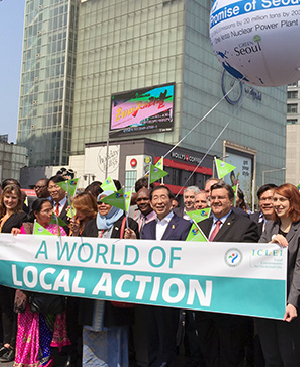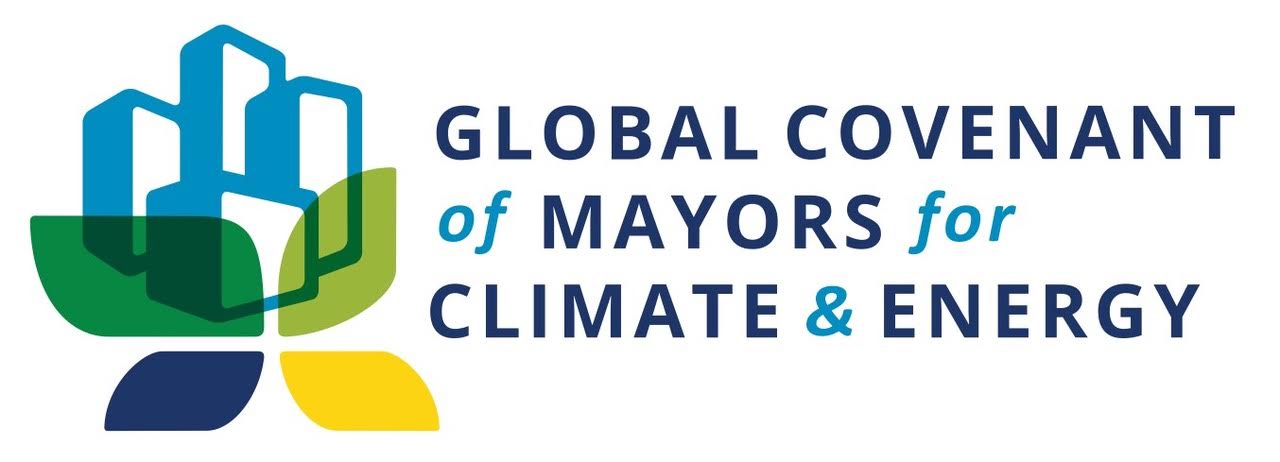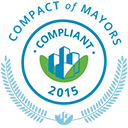Urban mobility strategy for Stockholm 2030.
A strategic direction for world class city streets
Why do we need an urban mobility strategy?
The City of Stockholm’s is growing. The city will be developed in a way that will reduce the need to travel and at the same time make it possible to make more journeys by public transport, on foot and by bicycle. We shall be many more Stockholmers living and working on the same surface area, and this will bring new challenges for the transport system.
If everyone continues to travel as we do today, the number of road journeys affected by congestion during the rush hour will increase five-fold to 2030, despite the construction of new roads and railways. That means more queues, a longer rush hour and less reliable journey times for people travelling by car or bus. Quality of life will be degraded and it will be difficult to meet the City’s environmental targets. It is not possible to build enough roads and streets so that everyone can travel by car while maintaining and developing the city’s good living standards. This means that we need a proactive strategy which establishes principles for how the city’s roads and streets can transport more people and more goods on the same surface area, without having a negative impact on travel standards, if possible. We need to promote those modes of travel which transport most people on the least surface area.
The strategy lays down principles for prioritisation when it comes to both large and small decisions so that capacity and reliability in the road and street network can increase as well as contribute to a safe, attractive, environmentally friendly and healthier Stockholm. The strategy only applies to the City’s roads and streets. That means that it is just one piece in a larger puzzle, where the regional network of roads, railways, public transport and waterways are the responsibility of many different authorities and companies.
What does the strategy mean?
The Traffic Administration has proposed four planning principles for world class city streets:
Capacity in the road and street network shall increase, in the long term and sustainably, through more people choosing to travel by public transport, cycle or walk.
Accessibility in the road and street network will be improved by increasing the journey speed for high capacity transport modes and increasing journey time reliability for everyone.
The role of our roads and streets as important places will be enhanced by improving walkability.
The negative effects of road and street traffic will be minimised by making sure cars are only used for journeys where the car is most useful.




